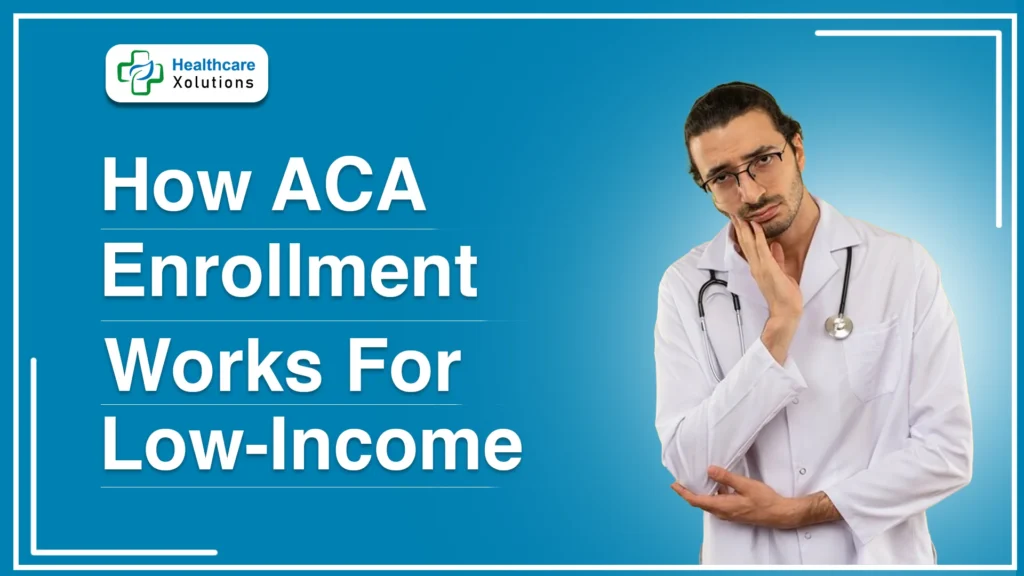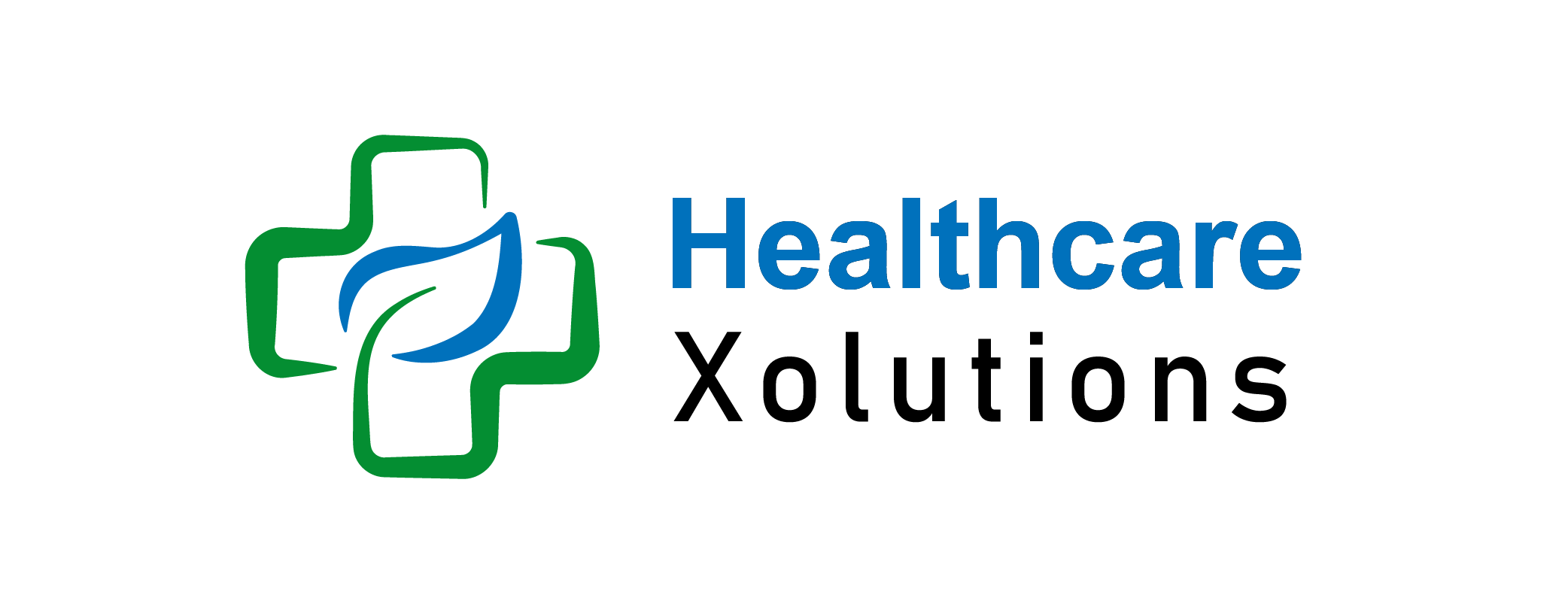ACA Enrollment For Low-Income Individuals | Complete Guide

In 2024, the Affordable Care Act (ACA) continues to be a cornerstone in providing health coverage to low-income individuals across the United States. As of March 2024, approximately 18.6 million people have gained coverage through the ACA’s Medicaid expansion, significantly reducing the uninsured rate among low-income populations.
Additionally, premium tax credits and cost-sharing reductions have made health insurance more affordable for individuals earning between 100% and 400% of the Federal Poverty Level (FPL). These measures ensure that comprehensive health coverage is accessible to those who need it most, underscoring the ACA’s commitment to enhancing healthcare affordability and accessibility.
This article explores how ACA enrollment works for low-income individuals, the types of financial assistance available, and how to apply for the right plan.
Read More: Top 5 Benefits Of ACA Insurance You Must Know In 2024
Key Takeaways:
- Medicaid Expansion: Individuals earning up to 138% of the FPL may qualify for Medicaid.
- Premium Tax Credits: Available for those earning between 100% and 400% of the FPL to reduce monthly premiums.
- Cost-Sharing Reductions (CSRs): For incomes between 100% and 250% of the FPL, CSRs lower out-of-pocket costs when selecting a Silver plan.
- Year-Round Enrollment: Some states offer year-round enrollment for individuals earning up to 150% of the FPL.
- Income Reporting: It’s crucial to update the marketplace with any income changes to avoid coverage disruptions.
- Assistance Resources: Utilize marketplace navigators or Medicaid offices for enrollment support.
Table of Contents
Understanding Income Levels and ACA Eligibility:
Low-income individuals are defined as those whose income falls below or near the federal poverty level (FPL). The exact income thresholds depend on household size and location, but the ACA offers multiple avenues for financial assistance:
- Medicaid Expansion: In states that have expanded Medicaid, low-income individuals earning up to 138% of the FPL are eligible for Medicaid.
- Premium Tax Credits: For individuals earning between 100% and 400% of the FPL, premium tax credits reduce monthly premiums for marketplace health plans.
- Cost-Sharing Reductions (CSRs): Available to those earning between 100% and 250% of the FPL, CSRs lower out-of-pocket costs like copayments, deductibles, and coinsurance.
1. Medicaid and ACA Enrollment For Low-Income Individuals:
Medicaid is a joint federal and state program that provides health coverage to low-income individuals. Under the ACA, many states expanded Medicaid to cover individuals and families with incomes up to 138% of the FPL. If you live in a state that has expanded Medicaid and your income qualifies, you can apply for Medicaid at any time of the year.
Eligibility Requirements:
- Individuals earning up to 138% of the FPL ($20,120 for an individual in 2023).
- Families with children may also qualify for CHIP (Children’s Health Insurance Program).
How To Enroll?
- Visit your state’s Medicaid website or healthcare.gov to apply.
- You can apply year-round; there is no enrollment window for Medicaid.
2. Premium Tax Credits: Reducing Monthly Costs:
For those with incomes above the Medicaid threshold but below 400% of the FPL, the ACA offers premium tax credits. These credits help reduce the monthly premium for marketplace health plans, making coverage more affordable for low-income individuals.
How It Works:
- Premium tax credits are applied directly to your monthly premium, reducing what you pay upfront.
- The amount of credit is based on your income and household size, ensuring that no one pays more than a certain percentage of their income on premiums.
How To Apply:
- When filling out your marketplace application, you’ll be asked to estimate your household income.
- The marketplace will determine your eligibility for premium tax credits based on your estimated income.
3. Cost-Sharing Reductions (CSRs): Lowering Out-of-Pocket Expenses:
In addition to premium tax credits, low-income individuals earning between 100% and 250% of the FPL may qualify for cost-sharing reductions (CSRs). These reductions lower your out-of-pocket expenses, making it more affordable to use healthcare services.
Eligibility Requirements:
- You must select a Silver plan in the marketplace to qualify for CSRs.
- Available to those earning between 100% and 250% of the FPL.
How CSRs Help?
- CSRs reduce deductibles, copayments, and coinsurance, making it more affordable to visit the doctor or fill prescriptions.
4. Expanded Enrollment Opportunities For Low-Income Individuals:
In recent years, some states and the federal government have introduced year-round enrollment periods for individuals earning up to 150% of the FPL. This expanded access allows low-income individuals to enroll in marketplace plans outside the standard Open Enrollment Period.
How It Works:
- If your income is at or below 150% of the FPL, you may qualify for year-round ACA enrollment in certain states.
- This flexibility ensures that low-income individuals don’t have to wait for open enrollment to get covered.
How To Apply:
- Check with your state’s marketplace or healthcare.gov to see if you qualify for year-round enrollment.
5. Reporting Income Changes Throughout The Year:
Low-income individuals need to report any changes in income throughout the year. Changes in income may affect your eligibility for Medicaid, premium tax credits, or CSRs.
How To Report Changes:
- Log into your marketplace account and update your income information as soon as there are changes.
- The marketplace will adjust your premium tax credits or Medicaid eligibility accordingly.
This helps ensure you receive the correct amount of financial assistance and avoid any surprises when filing taxes.
6. Navigating Enrollment and Assistance:
For many low-income individuals, navigating ACA enrollment can seem complex. Fortunately, there are resources available to help:
- Marketplace Navigators: These are certified individuals who can assist you with the enrollment process, explaining your options and helping you complete the application.
- State Medicaid Offices: These offices can provide guidance on Medicaid eligibility and help you apply for coverage.
Both resources are free to use and can simplify the process of securing health coverage.
Conclusion – ACA Enrollment For Low-Income Individuals:
ACA offers several sources of financial assistance for low-income individuals including the Affordable Care Act, health programs such as Medicaid, premium tax credits, cost-sharing reductions, etc. If the individuals effectively go through the eligibility requirements of these programs and try to consider all available options, they cannot only be able to minimize the healthcare cost but also can avail comprehensive health coverage for themselves and their families.
Whether you qualify for Medicaid, premium tax credits, or cost-sharing reductions, the ACA provides a safety net for low-income individuals to get the care they need. Regularly updating your income information and staying informed about year-round enrollment opportunities can help you maintain coverage and financial stability.
